#an unkindness of alterhuman terms
Explore tagged Tumblr posts
Text

; mainly information ab myles ximself .. ohh andd the taglist is at the bottom .. >^<

⭐ basics && stuff ;;
; call myles, raye orr titles .. he / it / any neos .. disabled neurodivergent minor .. queer, white ( like joker white /silly ), nonhuman && perisex !!
myles loves answering questions ann got into mogai a while ago, but only recently-ish made this blog .. !!
xe is in a system, but likely won't talk much bout that here ^_^
uses I / xe / us with 1st person && 3rd person !!

🦊 interests && fixations ;;
; xe loves those kids cartoons that every queer autistic person has seen orr heard of /hj ( she-ra, TOH, gravity falls, ever after high, intend to rewatch star vs the forces of evil, steven universe && adventure time )
plus xe is crazy for tmnt, especially 2k12 an ROTTMNT, intend to watch TOTTMNT .. recently watched Fantastic Mr.Fox and ... /vpos >_<
ehmm myles LOVES music ( a bit && a lot of many genres, mainly alt ++ ppl who sing like they're on the verge of tearss )
recently got into animal crossing !! sims4 has xes wallet an pc storage in a chokehold
psychology is a long term interest of myles an xe eventually wants to formally get into / study it ^_^

🦴 some labelsss .. ;;
; myles does indeed collect labels like xe collects plushies but :
transmascnull, transfem, xeno bxy g?rl, omnipanbian, lesboy, aroacespec are the main ones .. many fox / animal xenos, aldernic terms an neuro-related things are stashed also ..
; ehm basically every aspect of xes identity comes w an additional 50 terms naturally /hj

🌙 taglist ::
#﹒★ . cause my love is mine. all mine
= other / anything that doesn't fit the other tags !!
#﹒★ . I try to laugh about it. hiding the tears in my eyes !
= neurodivergent / disability related things :D
#﹒★ . Harpy Hare where have you buried all your children ??
= ask answering && talkings from myles !!
#﹒★ . I sometimes wish I'd never been born at all
= orientations, relationship types, etc
#﹒★ . no I ain't no crook. I ain't no vandal
= combinations && redesigns, etc
#﹒★ . I reach for her hand. but it's cold & unkind
= unrelated things ( reblogs && such )
#﹒★ . as sly as a fox
= alterhuman / nonhuman things !!
#﹒★ . i'm running w my paws / i'm breaking all the laws
= genders && presentations
#﹒★ . kiss me until my lips fall off
= NPTs, moodboards, etc
#﹒★ . don't wanna fight but your mother insists
= vry important things
#﹒★ . I've been trying not to cry in the grocery store
= terms made for events, things made by others for myles, etc !!


#﹒★ . cause my love is mine. all mine#﹒★ . I try to laugh about it. hiding the tears in my eyes !#﹒★ . Harpy Hare where have you buried all your children ??#﹒★ . I sometimes wish I'd never been born at all#﹒★ . no I ain't no crook. I ain't no vandal#﹒★ . I reach for her hand. but it's cold & unkind#﹒★ . as sly as a fox#﹒★ . i'm running w my paws / i'm breaking all the laws#﹒★ . kiss me until my lips fall off#﹒★ . don't wanna fight but your mother insists#﹒★ . I've been trying not to cry in the grocery store
1 note
·
View note
Photo
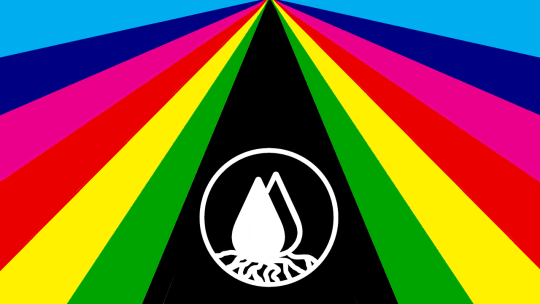
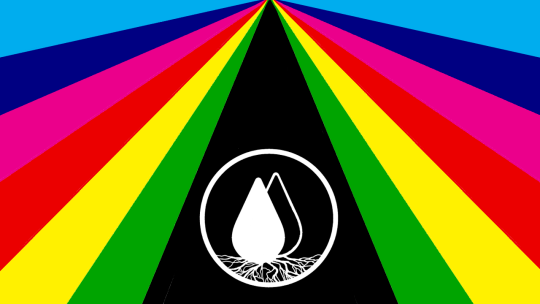
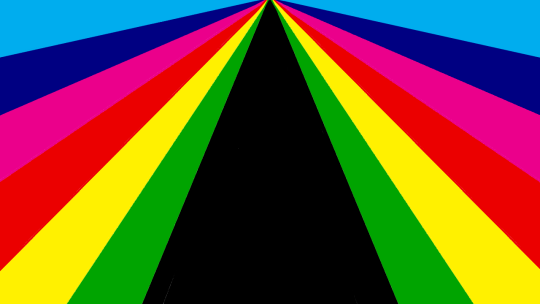
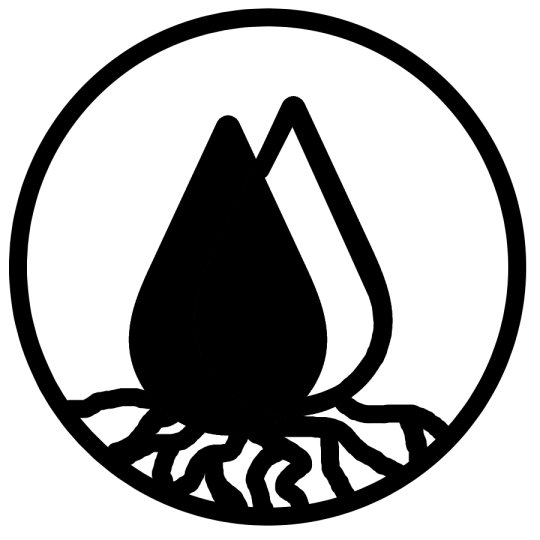
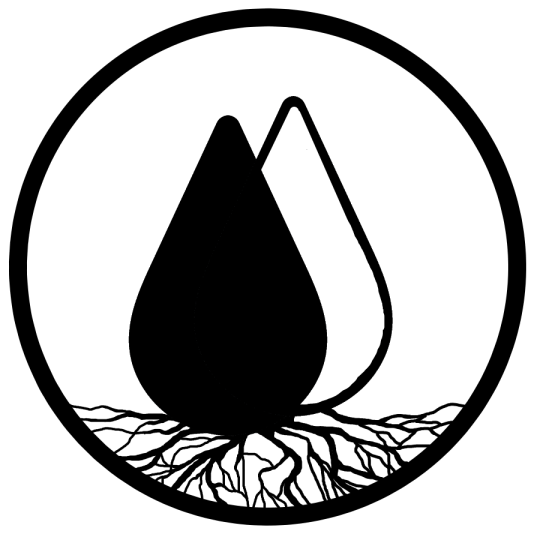
archetrope: An identity under the alterhuman umbrella in which one heavily identifies with or otherwise experiences an archetype, trope, or otherwise preestablished character model in a way that is central to their identity. It may not necessarily be inherently nonhuman, but has a significant enough impact on one’s identity to be experienced in similar ways as other alterhuman labels. Archetropy may specifically or especially inform one’s identity in deeply influential ways in regards to aspects such as personality, occupation/profession/field of study, gender expression or identity, philosophy, spiritual beliefs, or political alignment. It is a nuanced and complex identity which can fall anywhere on the voluntary-involuntary and “identify with”-“identify as” spectrums. This identity can also have spiritual, psychological, or other origins. It could present as an intrinsic identity one is born with, an identity one takes on for the purpose or self-expression and enjoyment, a coping mechanism, or in a myriad of other ways. It is a flexible term that describes a broad range of experiences of identity and alterhumanity. (Examples of archetropal identities include pirate, clown, ranger, royalty, etc.)
"person who is" noun form: archetrope (For example, "Jane is an archetrope.") "state of being" noun form: archetropy (For example, "John's archetropy affects their identity.") adjective form: archetropal (For example, "Jane's archetropal identity makes them happy.")
To refer to specific archetrope "types" (as one would specific kintypes or kithtypes) use the prefix "arche-" followed by the identity itself. (For example, "I am an archepirate," "They are archeroyal," etc.) The term can also be hyphenated if the identity label starts with a letter that would make the term difficult to read such as in "arche-explorer," if the term is multiple words long such as "arche-raised by wolves" or "arche-mountain man," or if one simply prefers to use that syntax.
It is very important to note that those who created this term do not believe in anyone being forced to identify with any particular term or label themselves any specific way! This term exists to describe a community and identity that is commonly experienced but doesn’t have any specific preexisting terminology, but no one should be forced to identify with it if they prefer to describe their identity in some other way. The way you define yourself is up to you, this is just another option!
This term was coined (and both its flag and symbol were designed) collaboratively in this thread on the Nonhuman National Park forum. Additional credit goes to @monsterqueers and @thelightfluxtastic for their contributions.
For more information on flag and symbol meanings, see the information below!
As mentioned, this term, its symbol, and its flag were all collaboratively designed on a forum thread! For information on the history of the term and its development over time, you can check the linked thread! As you can see, it went through quite a bit of change over time, but we’re all glad with how everything turned out! The two accounts mentioned (The Dragonheart Collective and Vyt) contributed the majority of content, but there were a few other forum users who helped us or gave valuable input. Flick, from our system, is the one responsible for a majority of our contribution, including all art (symbol/flag designs) we created. (He is a rogue archetrope, in case you were curious.)
A lot of thought was put into the meaning of both the symbol and the flag! The symbol has a few general meanings or ideas which it represents:
The teardrop shape in the symbol represents both a seed, which represents the capacity to grow and develop in infinitely many ways, and fire, which represents the torch of storytelling and the many character models carried on over time across so many mediums and in so many ways.
The seed’s shadow, which is an outline of the seed itself, represents archetropes themselves, which are “cast from the original mold” of a trope, archetype, etc. so to speak. It represents the way that archetropes are just as diverse and complex as anyone else, yet fall into or follow a certain character model in some capacity, and how that identity coexists with the great nuance and diversity of their identity as a whole. The shadow is its own distinct shape with an entirely different center, but it follows the outline and general shape of a preexisting model, as do archetropes with their archetropal identities.
The roots shooting down from the seed represent both the growth and disseminating of archetropes and their community as well as the development of character models themselves. The many roots also represent the many different aspects of archetropal identity and the many ways it may manifest in an archetrope’s life. All of these many individual aspects of identity, from morals to aesthetic tastes, come together to create a greater picture of a character model of some kind.
Though not pictured, the symbol can also be drawn without a circle surrounding it, simply as the shadowed teardrop shape with roots branching off from beneath it. Both the simplified and more detailed versions can be used in this way.
As for the flag, there is a meaning represented by each stripe/color:
cyan: tropes, archetypes, and other established character models that are consistent or pervasive enough throughout media as a whole over time to be considered a distinct identity one could have
blue: the significant relationship between archetropy and other parts of identity, and the impact of archetropy on many aspects of identity, from moral philosophy to personality to clothing style and much more
magenta: the depth of and intensity with which archetropes express their sense of self, the inherent desire for self expression and autonomy associated with being an archetrope
red: archetropy as its own unique experience which is distinct but still falls under the alterhuman umbrella, the potential relationship archetropy has with other alterhuman experiences
yellow: the creativity and diversity archetropes have in their expressions of identity and how they interpret their experiences, the many different perspectives and experiences of archetropes and how diverse and varying they are (psychologically, spiritually, regarding identifying "as" or "with" or somewhere in between, and in every other way)
green: the development and transformation of tropes and archetypes over time, the vast diversity and variation in interpretations of tropes, archetypes, and other established character models
black: the shadow/imprint of an archetype, trope, or other established character model, which is what an archetrope is in essence
Once again, thank you so much to everyone who participated in this project! We hope to see other archetropes finding much use and value in this term and the art associated with it.
#an unkindness of flags#an unkindness of labels#an unkindness of alterhuman terms#queue came tapping at my chamber door#an unkindness’s own shiny things#an unkindness’s terms#an unkindness’s flags#alterhuman#alterhumanity#extranth#nonhuman#otherkinity#kin#therianthropy#therian#otherkin#copinglink#otherhearted#heartedtype#copinglinker#c'link#c'linker#heartedtypes#piratekin#royalkin#clownkin
309 notes
·
View notes
Photo

BUTTERFLYBOY!
(Plaintext: Butterflyboy)
This term has two applicable definitions that can be simultaneously subscribed to or picked and chosen by the user.
Definition One: A gender that describes your journey of self-discovery. You start off as a caterpillar, not quite sure of yourself and your identity. These times were potentially stressful and unkind to you, pushing you into change. You go through a stage of metamorphosis, cocooning yourself. Then you erupt from that cocoon into a butterfly of a boy, with a new deep appreciation for yourself. You accept the caterpillar you used to be, understanding that period of your life was integral to your growth to your current position. But you couldn’t be happier to be a butterfly- a butterflyboy. This gender feels comforting, homely, and peaceful, like the calm after a storm.
Definition Two: A gender related to being both a butterfly and a boy. Reasons for this can vary, but may include: - Being a boy and a butterfly in an alterhuman sense. - Being a boy in a butterfly way. - Being fluid between being a boy and being a butterfly in terms of gender.
Image ID: A rectangle flag with eleven even horizonal straight lines. The top five stripes are light blue, teal, light teal, mint, and light mint. The middle stripe is white, and the bottom five lines mirror the top lines. In the center of the flag is a white circle with a thick light blue border. In the center of the circle is a butterfly with a light blue body and mint wings. End ID
120 notes
·
View notes
Text
Terminology For Endel System Members
intrendel: A system member who is introject/introtive of any kind and an endel; a system member whose introject/introtive identity is somehow influenced by or linked to delusions and/or being delusional.
extrendel: A nonhuman system member or extranth who is also an endel; a system member whose nonhumanity/extranth identity is somehow influenced by or linked to delusions and/or being delusional.
-tivendel: A system member who is a (blank)tive and an endel; a system member whose (blank)tive identity is somehow influenced by or linked to delusions and/or being delusional. (Examples: fictivendel, factivendel, fuzztivendel, plushtivendel, etc.)
More information about these terms and how we came up with them under the cut!
These terms come from combining the two terms that make up the identity itself in ways that make logical sense in terms of other endel terms (using -endel as a suffix, as the other terms do) and also sounded right to us. We are a system with members who are endels so we decided to make these terms since they would be useful for us to more easily communicate our identities!
We will probably make flags and symbols of some sort later, but until then anyone is of course welcome to use these terms for whatever they like, including making their own flags and/or symbols! Credit is never required, but we’d love to be tagged in content by or about other endel system members.
These terms, like the term endel itself, are open to use by any and all systems of any and all origins, as are all of our system terms.
If you happen to be confused about what endels are and what these terms fully mean, check this resource by endel’s official coiner. There is also the blog @endelity which is also run in part by the term’s coiner and has many good resources regarding the term!
#hope it was okay to tag the blog we just figured y'all would want to see these terms#endel#endels#endelity#fictendel#alterhumanity#alterhuman#not sure how else to tag this oof#an unkindness of labels#an unkindness of alterhuman terms#queue came tapping at my chamber door#an unkindness of mad pride#an unkindness’s own shiny things#an unkindness’s terms
29 notes
·
View notes
Photo
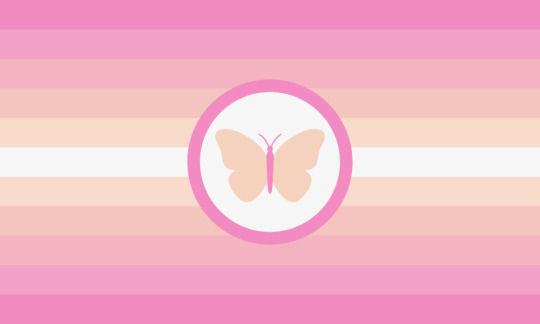
BUTTERFLYGIRL!
(Plaintext: Butterflygirl)
This term has two applicable definitions that can be simultaneously subscribed to or picked and chosen by the user.
Definition One: A gender that describes your journey of self-discovery. You start off as a caterpillar, not quite sure of yourself and your identity. These times were potentially stressful and unkind to you, pushing you into change. You go through a stage of metamorphosis, cocooning yourself. Then you erupt from that cocoon into a butterfly of a girl, with a new deep appreciation for yourself. You accept the caterpillar you used to be, understanding that period of your life was integral to your growth to your current position. But you couldn’t be happier to be a butterfly- a butterflygirl. This gender feels comforting, homely, and peaceful, like the calm after a storm.
Definition Two: A gender related to being both a butterfly and a girl. Reasons for this can vary, but may include: - Being a girl and a butterfly in an alterhuman sense. - Being a girl in a butterfly way. - Being fluid between being a girl and being a butterfly in terms of gender.
Image ID: A rectangle flag with eleven even horizonal straight lines. The top five stripes are hot pink, pink, light reddish pink, light orange, and a cream orange. The middle stripe is white, and the bottom five lines mirror the top lines. In the center of the flag is a white circle with a thick hot pink border. In the center of the circle is a butterfly with a hot pink body and cream orange wings. End ID
46 notes
·
View notes